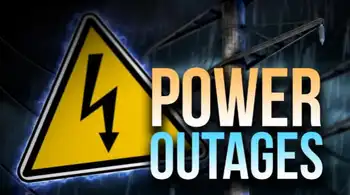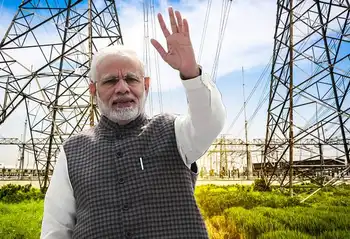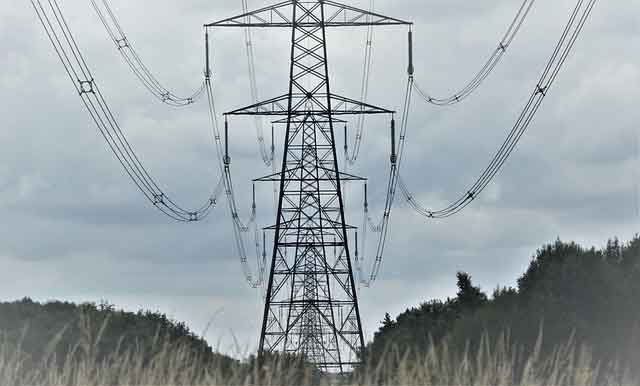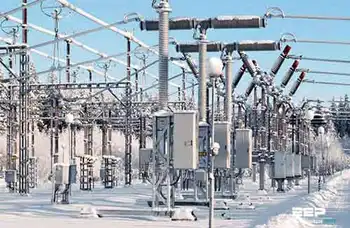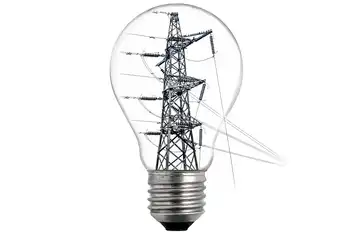When do smart prices get dumb?
By Globe and Mail
Protective Relay Training - Basic
Our customized live online or in‑person group training can be delivered to your staff at your location.

- Live Online
- 12 hours Instructor-led
- Group Training Available
The first thing I noticed about smart (i.e. off-peak) prices was how expensive dumb (i.e. peak) prices were. At 9.3 cents per kilowatt hour, power ainÂ’t cheap anymore on the grid Sir Adam Beck built from Niagara Falls.
Sure, if I wanted to do my laundry, run the dishwasher and charge my electric car (if I had one) at night, I could get all the juice I wanted at the very reasonable price of 4.4 cents per kilowatt hour. But I might just want to sleep and leave the laundry and dishes for another day and take the bus to work in the morning.
Toronto HydroÂ’s new smart-pricing initiative is married to OntarioÂ’s new Green Energy Act, which sanctions increased reliance on renewable energy. After gagging on the cost estimates for a couple more reactors, the province backed away from nuclear. And itÂ’s vowing to close down North AmericaÂ’s single largest source of CO2 emissions, the Nanticoke coal plant, within the next four years (mind you, the same Ontario government has promised this before).
TomorrowÂ’s power will come from renewables via a $7-billion deal with Samsung to install wind turbines in the Great Lakes, and to provide solar energy as well.
Many will applaud the addition of this clean and renewable source of power to the grid. Fewer will applaud the 19-cent-per-kilowatt-hour price tag thatÂ’ll come along with it.
As they say in stock brokerage, find a strong enough wind, and even pigs can fly. Pay 19 cents per kilowatt hour for power, and you can let the wind turn on the lights. But at that price, how long will you leave them on?
The larger the contribution wind power makes to tomorrow’s grid, the less power you will be able to afford to draw from it — the same way triple-digit oil prices, which will pull tomorrow’s oil supply out of Alberta’s tar sands, will translate into pump prices that’ll force millions of drivers right off the road.
It’s not how many megawatts of additional power new sources like wind add to the grid that counts. Rather, it’s the amount of power demand that a 19-cent–per-kilowatt-hour price will kill that’ll have a far greater effect.
In the end, OntarioÂ’s implicit strategy of future price rationing may be the best energy policy of them all. If power prices keep rising, demand will peak, and maybe then we wonÂ’t need to build any new power plants in the first place.
As for my new smart meter, what bears monitoring is how its benchmarks will change. With wind turbines taking over from coal plants, tomorrowÂ’s smart power prices will soon cost more than todayÂ’s dumb ones.





